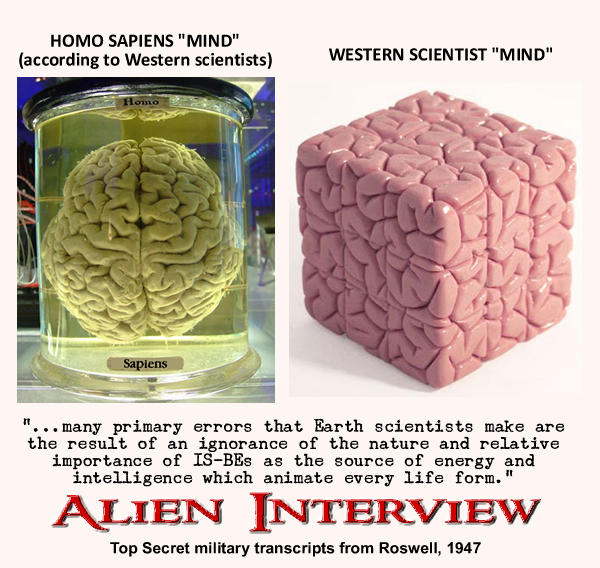“Voltaire [i] (Footnote) is quoted as having said: “History is a Mississippi of lies”.
According to the comments made by the alien in the interview transcripts, supplied by Mrs. MacElroy, the fundamental lesson of history is that many, many gods have become men, but very few men, if any, have returned to being a god again.
According to the alien being — “Airl” — if anything he / she / it supposedly communicated can be trusted — and if the “translation” or interpretation of this alleged communication is accurate, the history of this universe is a “River of Lies” down which the might and freedom of all-powerful, god-like, immortal spiritual beings ended and was lost in a Sea of Matter and Mortality.
Furthermore, according to the very direct and undiplomatic statements made — which seem to express the “personal opinion” of the alien — if one were traveling the far reaches of the universe in search of a place called “Hell”, it would be an accurate description of Earth and the inhabitants in its current condition.
To further compound, complicate and magnify the “incredible” source of the “interview transcriptions” I received from Mrs. MacElroy is the fact that they are:
1) based almost entirely on “telepathic communication” between the alien and Mrs. MacElroy.
2) many of these interviews discuss “paranormal” activities of “immortal spiritual beings”.
Of course, most “scientific authorities” are unwilling to acknowledge or perceive spiritual phenomena of any kind.
The dictionary definition of the word paranormal is:
adjective:
-
cannot be explained by scientific methods
-
supernatural, or seemingly outside “normal” sensory channels
By definition, people who use the word “paranormal” are 1) not able to explain spiritual phenomena and 2) spiritual phenomena are outside of their normal sensory channels.
In short, scientists suffer from the inability and/or unwillingness to perceive and/or explain spiritual activities. Therefore, the discussion of spiritual activities or spiritual universes in this book are expected to be understood only by those who can and will perceive such things.
According to the time spans related by the alien in several of the interviews, there are a number of compelling and heretofore unknown reasons that suggest the possibility that many extraordinary miscalculations have been made by Earth scientists regarding the origins and antiquity of the universe, Earth, life forms and events. Of course, these may or may not be accurate either, as time and it’s ugly step-child, history, are largely subjective.”
 [i] “…Voltaire…”
[i] “…Voltaire…”
“François-Marie Arouet (21 November 1694 – 30 May 1778), better known by the pen name Voltaire, was a French Enlightenment writer, essayist, deist and philosopher known for his wit, philosophical sport, and defense of civil liberties, including freedom of religion and the right to a fair trial. He was an outspoken supporter of social reform despite strict censorship laws and harsh penalties for those who broke them. A satirical polemicist, he frequently made use of his works to criticize Christian Church dogma and the French institutions of his day. Many of Voltaire’s works and ideas would influence important thinkers of both the American and French Revolutions.”
— Reference: Wikipedia.org
Originally posted 2011-11-07 12:15:02. Republished by Blog Post Promoter





